Planet 9 New Evidence Could Change Solar System Once Again
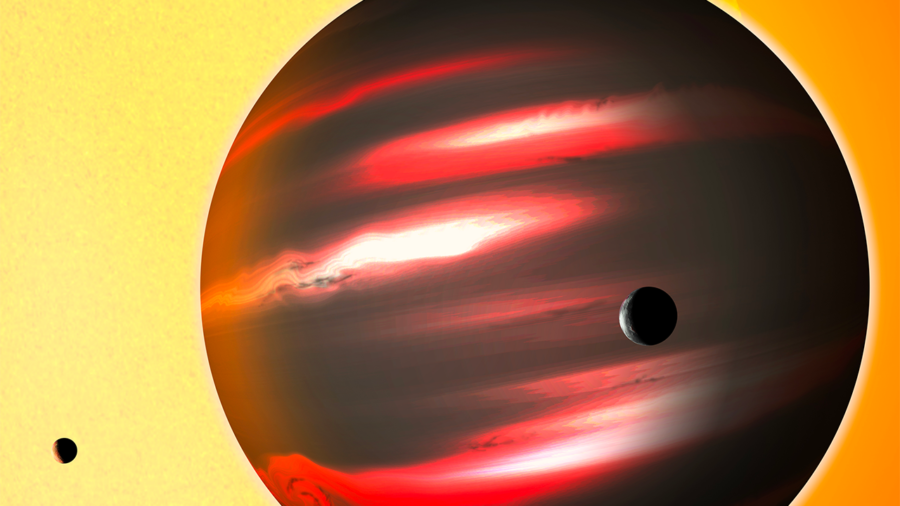
If you’re interested in the latest news and updates regarding discoveries in space, you’re likely already familiar with Planet 9, a hypothetical planet that may or may not reside in the far stretches of our very own solar system. While no scientists have ever observed the so-called celestial body, the existence of Planet 9 would explain the orbit of a large cluster of objects around Neptune, which seem to be moving in indecipherable patterns currently.
Now, according to a paper published by a team of planetary scientists, there is new evidence that further suggests that Planet 9 is real and ready to be officially inducted into the solar system as our ninth planet, replacing Pluto.
Hidden In Our Solar System
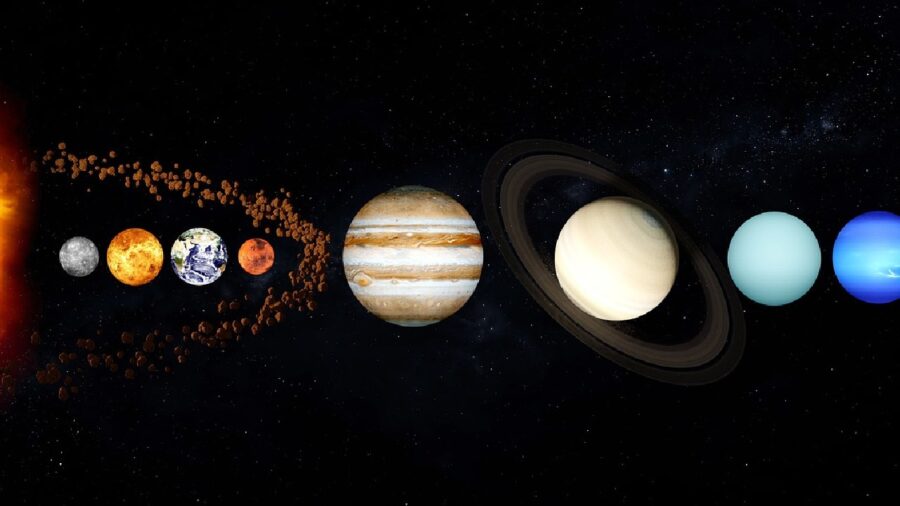
Planet 9 was originally theorized in 2015, when Caltech astronomers began studying a trans-Neptunian cluster of objects, noting the cluster’s irregular orbit. While the team couldn’t gather any physical evidence of another celestial body along the edge of our solar system, the math all but confirms that something massive is floating in the vast emptiness. In the years since, Planet 9 has been something of a white whale for up-and-coming astronomers, who are unsatisfied with the lack of answers regarding the unexplained gravitational hiccup in the region.
Gravitional Pull Impacting Neptune
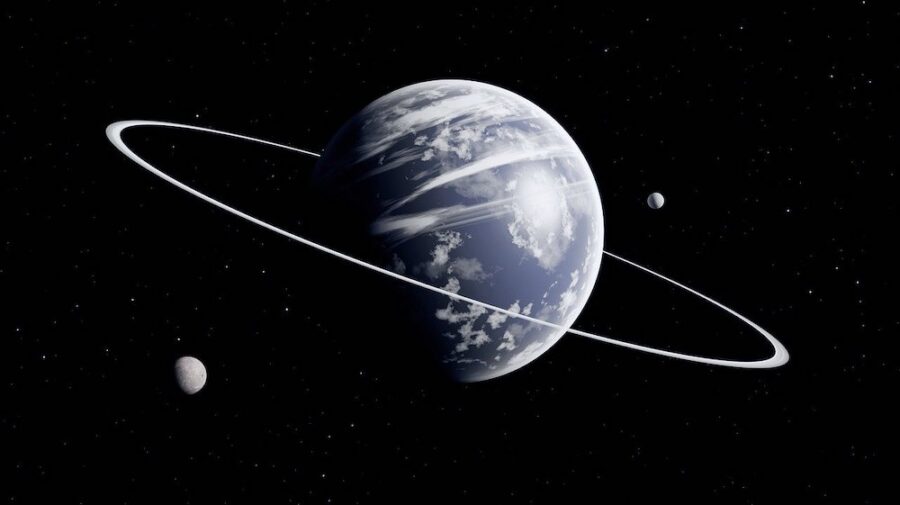
The latest evidence shared by researchers from the California Institute of Technology, Université Côte d’Azur, and Southwest Research Institute seems to be the most compelling argument for Planet 9’s existence thus far. The team used a series of computer simulations to track and observe the objects that cross in and out of Neptune’s orbit and filled in the blanks with mathematical proofs that determine the source of their abnormal gravitational flow. Scientists then imported a wide array of interstellar objects into the computer simulations, none of which exemplified the real-life movements of the cluster like a planet.
Neptune Blocking The View Of Whatever Is Out There
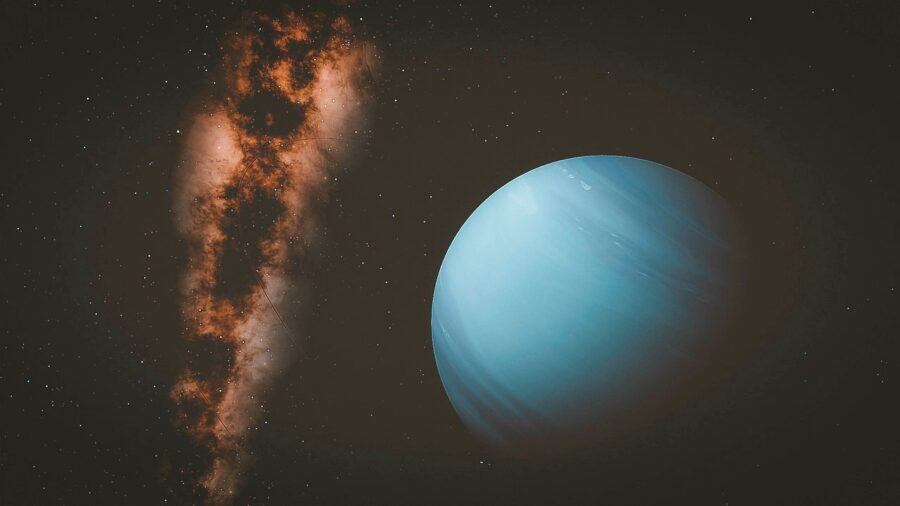
The results show that a planet-sized object is responsible for shifting these objects out of Neptune‘s gravitational tide from within our own solar system. In effect, scientists just officially confirmed that the interplanetary call is coming from inside the house. The current odds of the undetectable object known as Planet 9 turning out to be anything other than a celestial body are now staggeringly low, even if we still can’t get eyes on the thing.
While it may seem trivial to think of a massive planetary body as difficult to spot, we’re talking about a celestial being that is likely over 3 billion miles from planet Earth. Even if Planet 9 is absolutely massive, we’d still need to line up perfectly with the mysterious object in order to see around the enormous mass of Neptune.
The Mystery Of Space
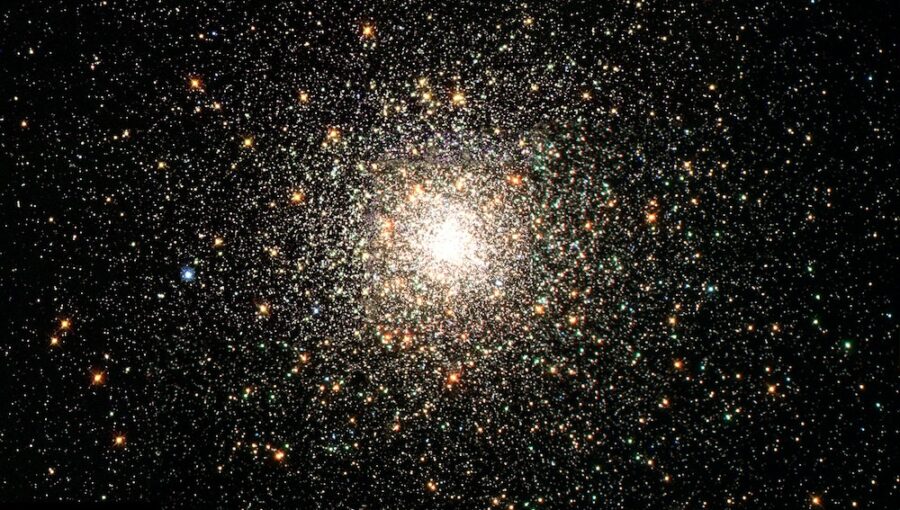
The Vera Rubin Observatory in Chile might be the key to solving the next piece of this puzzle. The South American structure is equipped with the latest and greatest technology, perfect for running rigorous tests to locate the exact coordinates of deep-space objects. If researchers at the Vera Rubin Observatory can’t locate Planet 9 when it opens in mid-2025, it’ll be back on the drawing board for scientists everywhere.
Source: arXiv.org












